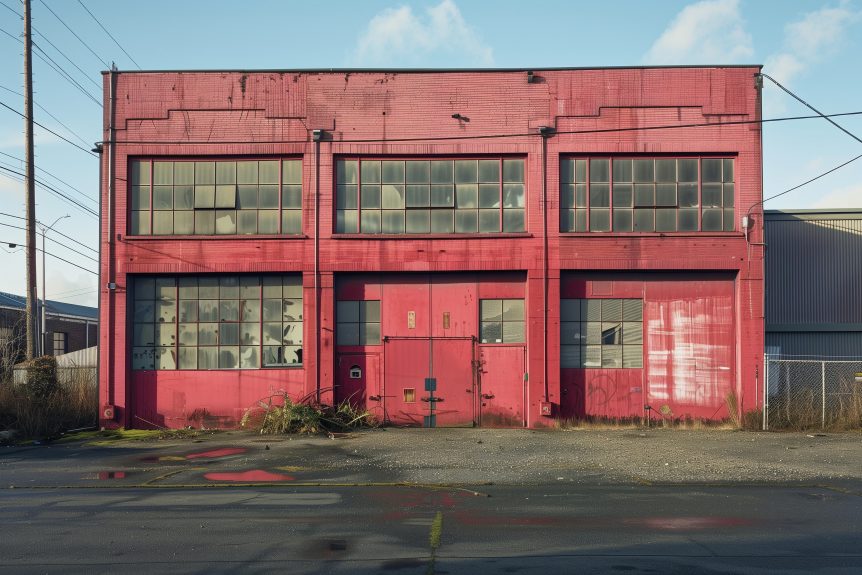Vacant buildings carry unique risks, making standard insurance policies insufficient. Owners must secure vacant building insurance coverage to protect against potential damages or losses. Here’s a detailed guide to help you understand this crucial coverage.
Understanding Vacant Building Insurance
Vacant building insurance, explicitly designed for buildings without occupants for extended periods, fills the gaps standard policies leave. These policies typically cater to properties awaiting sale, renovation, or occupation and offer protection against a broad range of risks, including vandalism, theft, and specific natural disasters.
Why Standard Insurance Falls Short
Property owners often mistakenly assume their standard insurance covers their vacant buildings. However, most policies severely limit or completely exclude coverage after a property remains unoccupied for 30 to 60 days. The increased risks associated with vacant buildings, such as the heightened likelihood of undetected damages, necessitate specialized cover.
Key Risks and Coverages
Vacant building insurance steps in to address risks like:
- Vandalism and Break-ins: Without occupants to deter them, criminals may target vacant buildings.
- Weather Damage: Damage from storms or extreme weather can go unnoticed for longer in vacant properties, exacerbating the harm.
- Fire: The risk of fire remains significant in vacant buildings, whether from electrical faults or external forces.
This insurance typically covers physical damages to the structure, liability coverage in case someone gets injured on the property, and, in some cases, loss of rent.
How to Qualify for Coverage
Insurers often have specific criteria for what constitutes a ‘vacant’ building, usually based on the length of vacancy and the presence (or absence) of furnishings. Property owners need to provide detailed information about the property, including security measures in place and plans for the building’s future use, to secure coverage.
Reducing Premiums and Enhancing Security
Premiums for vacant building insurance can be higher due to the increased risks. Nonetheless, property owners can take steps to reduce these costs:
- Security Systems: Installing alarms and surveillance cameras can deter criminal activity and may lower insurance premiums.
- Regular Maintenance: Frequent inspections and maintenance can prevent minor issues from escalating into significant damages.
- Access Control: Securing doors and windows helps prevent unauthorized entry and potential vandalism.
Choosing the Right Policy
Selecting the right vacant building insurance requires careful consideration of the property’s unique needs. Factors to consider include the level of coverage needed, the deductible amount, and any exclusions that might apply. Consulting with an experienced insurance agent can provide valuable guidance in making the best choice.
Conclusion
Vacant building insurance coverage offers crucial protection for unoccupied properties, covering risks not addressed by standard policies. Understanding the unique needs of your vacant property and taking proactive steps to mitigate risks can help ensure that you secure the right coverage at the best possible price. Remember, the peace of mind that comes with comprehensive protection is invaluable in managing your real estate investments.

